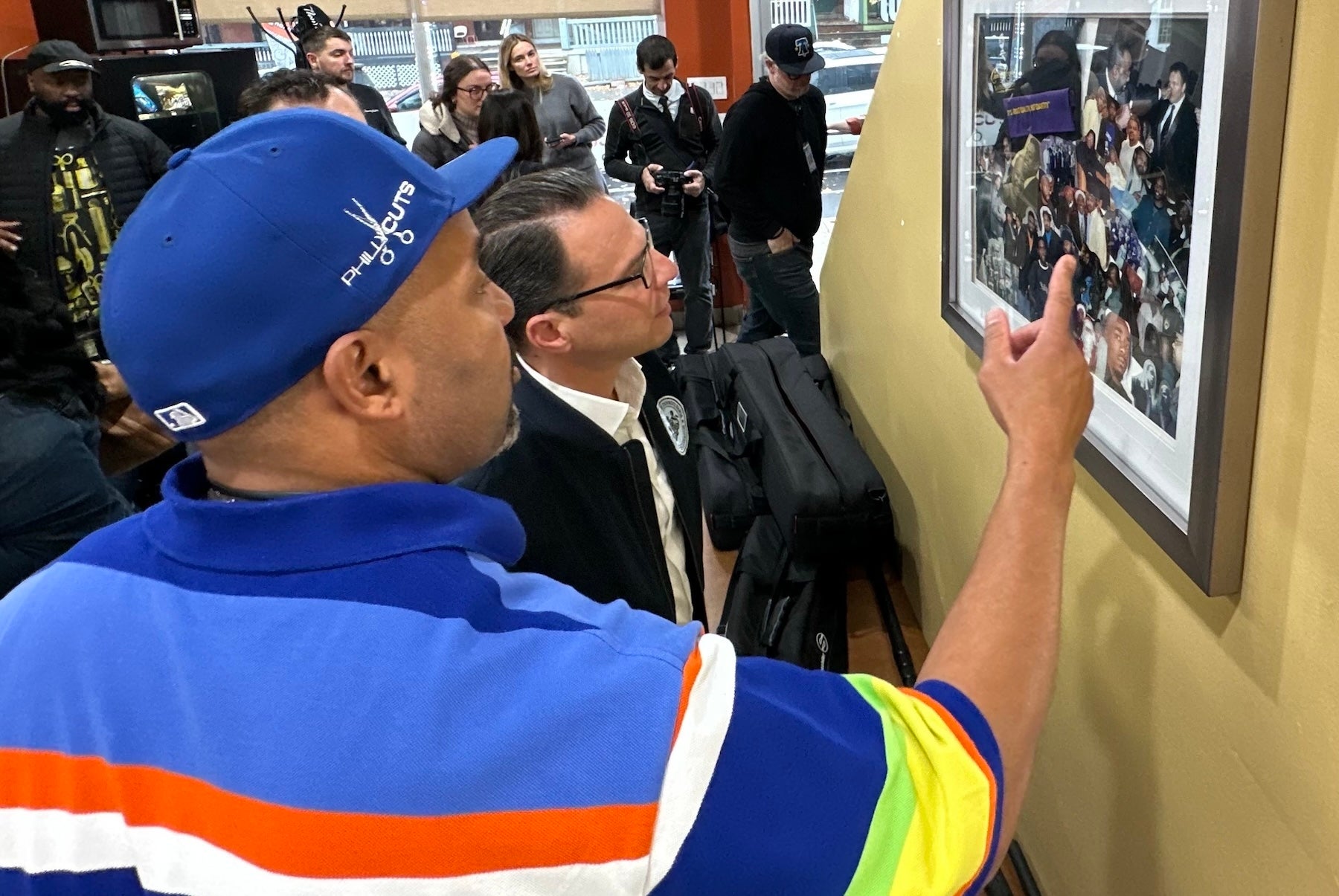Shopping
The Future of Grocery Shopping is Omnichannel – The Food Institute

Food and beverage stakeholders already know that to guarantee a sale, one must meet consumers where they are. Today, that’s online.
Nearly 70% of consumers purchase groceries online in some capacity, according to recent data from commerce platform VTEX. The firm surveyed 1,000 adult U.S. consumers to anatomize this shopper and understand how to best connect with them.
To best meet shopper needs, the industry often considers an omnichannel approach – a consumer-first strategy unifying all channels shoppers may interact with a business – and the data supporting these efforts is overwhelming.
The report found that 47% of consumers order between 26% and 50% of their groceries online. This highlights how consumers opting to shop online are not completely foregoing their in-store trips, rather they make online shopping a step in the process.
The winners in the omnichannel space provide stellar experiences in each channel.
“As the leading Asian food retailer, the growth of online grocery shopping has opened up new business opportunities and transformed the way we engage with our customers,” said Vince Colatriano, EVP at HMart, in a statement. He noted digital expansion was pivotal for connecting the brand with a growing group of shoppers interested in Asian food culture.
Data from Kroger’s research arm 84.51º earlier this year corroborated consumers’ accelerated interest in omnichannel. In the February consumer digest, 57% of respondents said that online shopping had become their preferred method of shopping, up from 39% during the same period the year before. When asked about the channel’s benefits, 58% said it’s less stressful to buy online than in-store and 53% said it saves them time and/or money.
“The message from consumers is clear: they want robust, reliable online grocery shopping options,” said Dani Jurado, EVP of North America at Vtex, in a statement.
How Any Grocer Can Leverage Omnichannel Opportunities
Although an omnichannel approach will look different to a single-store independent and a national chain, both can still benefit from the consumers’ push toward technological integration.
At the NGA Show earlier this year, Bryan Neiman of Neiman’s Family Market said in an omnichannel-themed talk that, as a smaller retailer, the data available from their app and in-store transactions can completely overwhelm them. Instead, he looks for incremental ways to integrate omnichannel experiences to satisfy shoppers while remaining cognizant of the team’s bandwidth.
“We focus on text messaging campaigns,” he said. “I just look for the wins: if we got a good text blast, that’s a win.”
Additional insights from the Vtex report show how consumers are leveraging online retail:
- 60% of respondents prefer home delivery for their online grocery orders
- 69% cite price as the most important factor when choosing an online grocery service
After analyzing the data, the commerce platform recommends that, as shoppers remain price-sensitive, grocers should consider offering promotions that deliver value and inspire loyalty.
Free shipping and discount codes are suggested two promotion types that retailers can leverage to encourage more frequent online shopping experiences, respectively garnering 68% and 65% shopper approval. Moreover, roughly 50% of respondents cite interest in a grocer’s membership or loyalty rewards program.
A recent report from Brick Meets Click highlighted similar results, noting that promotions are now an essential part of tapping into online grocery profits.
“Achieving growth will only get more challenging for grocers that don’t have a competitive offering or ways to offset the discounts,” said David Bishop, partner at Brick Meets Click, in a statement. He recommended following the lead of brands like Instacart, Walmart, and Amazon, who leverage a subscription service model to decrease “fees” associated with an online grocery delivery method.
“Converting a customer into a member/subscriber motivates them to buy more frequently, especially given that most firms are promoting ‘free’ delivery. Even though there’s a cost to join, explicit fees are an ongoing source of friction that many shoppers want to avoid,” he explained.
The Food Institute Podcast
Restaurant results for the second quarter weren’t stellar, but people still need to eat. Are they turning to their refrigerators, or are restaurants still on the menu for consumers? Circana Senior Vice President David Portalatin joined The Food Institute Podcast to discuss the makeup of the current restaurant customer amid a rising trend of home-centricity.











